Carbon Capture Utilization and Storage is gaining traction in the USA thanks to groundbreaking legislation
The Inflation Reduction Act (IRA) is the most significant climate legislation in U.S. history. It not only boosts renewable energy generation, but clears the path for many large scale Carbon Capture Utilization and Storage (CCUS) projects.
By Roman Elsener, New York
The USA are one of the countries with the highest energy consumption worldwide, yet just roughly 13 percent of that energy comes from clean sources – three times less than, for example, in Europe(1). But a single piece of legislation, the Inflation Reduction Act (IRA) could propel the United States to the front of the energy transition.
The law provides tax credits and funding to encourage green-energy projects. In the first 12 months of the act, more than 270 new clean energy projects with some $130 billion-worth of investments were unveiled, as the Reuters News Agency reported(2).
It further encourages investment in technologies that help in fighting climate change, most notably CCUS and Direct Air Capture (DAC), processes that other countries – Germany for example – view with a bit of skepticism: Carbon Capture is expensive and unproven at scale, they argue. The U.S. beg to differ.
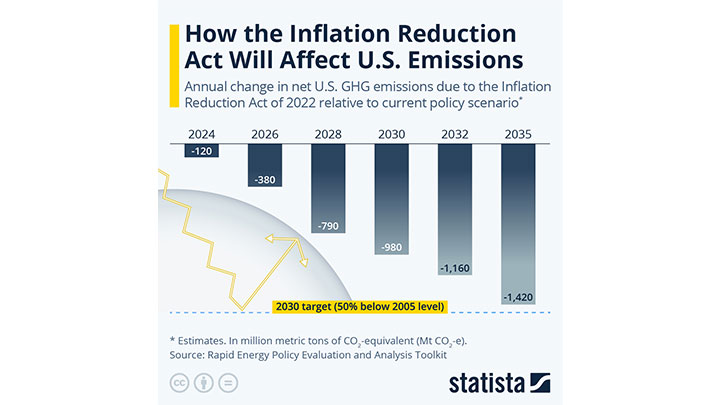
Data by the Rapid Energy Policy Evaluation and Analysis Toolkit show that the measures triggered by the US Inflation Reduction Act have the potential to reduce US CO2 emissions by 1,420 Million tons until 2035. ©Statista
CCUS as a most viable opportunity
“This landmark US federal law is a game changer,” Mahesh Joshi, President and Managing Director of MAN Energy Solutions USA, said of the Inflation Reduction Act in a recent interview. One of the reasons: It increases the government subsidy for capturing CO2 from polluting sources from $50 to $85 per metric ton. With this incentive, projects that once weren’t worth the investment now can be implemented.
“The way the legislation has been structured, CCUS definitely becomes a much more viable opportunity,” said Joshi. He pointed out that there are different sets of incentives on both Direct Air Capture (DAC) as well as point source capture. DAC is likely to gain traction as a leading carbon dioxide removal technology with a higher incentive level at $180 per tonne.
“To be frank, large scale DAC initially was looking like a dream that may happen,” said Joshi, “but by next year you will see at least some plants in operation in the United States. Some of the most successful investment companies are behind such projects, too. This is a big boost when people are working on it together.”
This landmark US federal law is a game changer. CCUS definitely becomes a much more viable opportunity.
Busy EPC companies
Fatih Birol, Executive Director of the International Energy Agency (IEA) called the IRA “the most important climate action after the 2015 Paris climate agreement” and, last year at the World Economic Forum, predicted that it will drive global investment into cleaner energy.
Mahesh Joshi agrees: “If there is an incentive in United States, then where will the manufacturers go if they are to sell their equipment and their services? They will gravitate to the geography where the business is growing faster than others.” He explained that one of the hurdles you face in many of these projects is the lack of funding. “If governments make it available, then the projects can move pretty quickly,” said Joshi.
Important industry alignments
MAN Energy Solutions are working on several projects in the U.S. alone, involving their special need CO2 compressors. “These projects are at various stages. Some are pre-feed, some are feed stage, some have been finalized, and some are on the way to being finalized – the pipeline is healthy,” said Joshi. “There are a lot of moving pieces.”
He hopes that the synchronization of these pieces will be a natural corollary. “We are working with major corporations and doing memorandum of understandings so that we can build long term relationships. There are many different products and services which have to be aligned to the process needs of various customers.”
The time it takes from pre-feed to actual order can span several months. “You need some committed resources to do it. There are not enough suppliers to serve the whole market because this suddenly took off in a big way. Before that, the market requirement for such products was not at the volume level that is required now. So those alignments are very important,” Joshi explained. MAN has a head start in this space with the most critical technology developed and proven with operating reliable install base for decades.
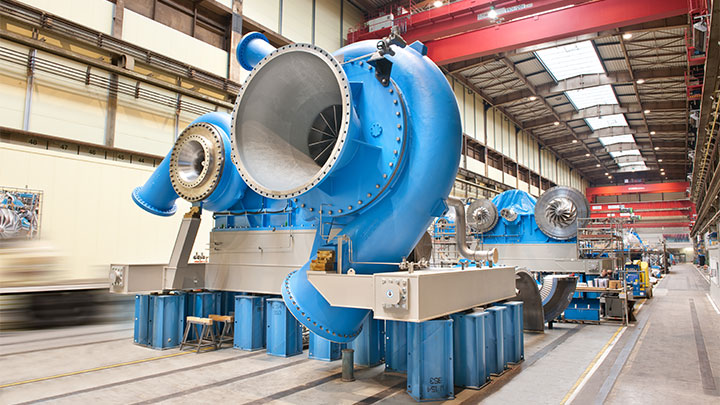
Aiming for a circular CO2 economy
While the bill will move CCUS closer to realizing its potential as a critical decarbonization solution for hard-to-abate industries such as steel, cement, chemical refineries, the hope is also for a boom in technologies that use the captured CO2 quickly for the production of synthetic methane, alternate fuels, and chemicals. Joshi mentioned ongoing projects, such as the Haru Oni plant in Chile, where synthetic fuel is being produced using captured CO2 and wind.
“I believe that such initiatives will continue to gain traction and contribute to a circular economy for carbon dioxide,” said MAN Energy Solutions’ Mahesh Joshi. “This will take time, but progress is being made thanks to the collaborative efforts of governments, industries, private companies, and innovative startups.”
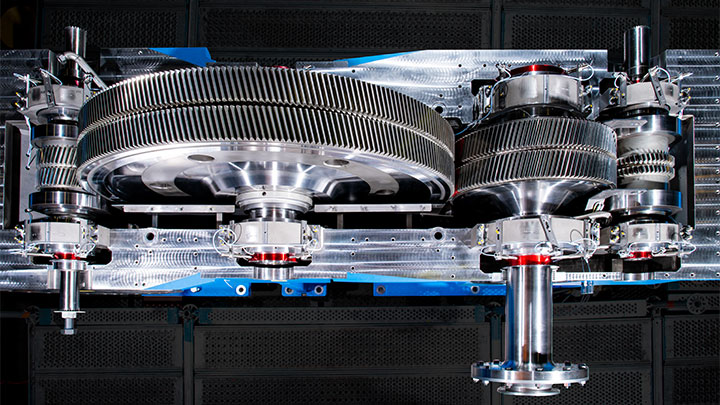
IRA inspires rethinking of global energy policies
One year in, the IRA has been credited by the Non-profit organization Climate Power with creating more than 170,000 new green jobs across the USA. Projects range from Arizona to New York, including investment in wind turbines, solar power, storage, CCUS, and the first US electrolyzer production facility.
According to a U.S. Congressional Budget Office report from December 2023, there are currently 15 Carbon Capture and Storage plants operating in the U.S. with the capacity to capture 0.4% of the country's annual CO2 emissions. The Energy Department said the projects have the potential to prevent about 7.75 million metric tons a year of CO2 from being released, equal to the emissions of about 1.7 million gasoline-powered cars(3).
The World Economic Forum’s Future of Jobs Report 2023 said the rapid growth in demand for green jobs could create 9 million new jobs globally each year(4). Energy-intensive industries were leading the green recruitment wave in the US, Europe and India, the report said.
But no region has responded to the IRA with a similar incentive package. Japan and South Korea have adapted their national strategies to the needs of the clean energy value chain that the US law envisions. Large companies around the globe have quickly put forward plans for billions of dollars of US investments.
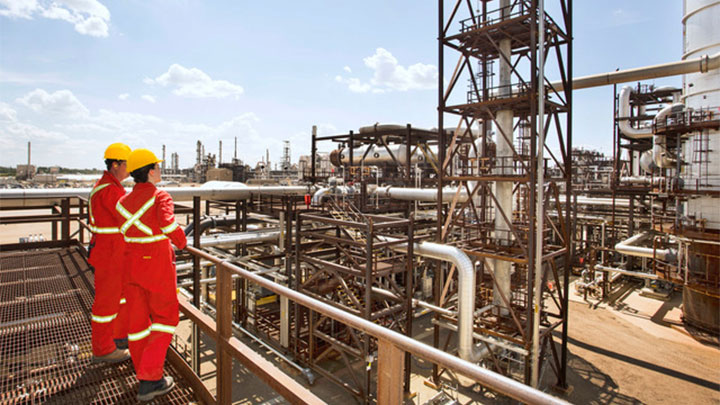
All eyes on the USA
Europe is working on its “Green Deal”, and the EU has come up with a "The Temporary Framework for Crisis Response and Transformation", which allows member countries to provide funding more quickly for solar panels, wind turbines, heat pumps, and carbon capture and storage technologies.
This framework has stemmed some of the outflow of funds to the US, but investors in Asia and Europe are still hesitant as most CCUS projects are not yet economically viable. All eyes are on the USA: If the projects there are on the way to meet their targets, it will be the breakthrough moment for this technology.
The key policy recommendations by the IEA for governments: Develop a carbon capture and storage strategy to accelerate the development of transport and storage infrastructure by providing a clear legal framework, and permit procedures to develop CO2 storage sites.
For the private sector, the IEA holds one key recommendation ready: Form coalitions to facilitate cross-industry cooperation. Mahesh Joshi and MAN Energy Solutions have taken this message to heart already. “Government and industry alignments are key to the energy transition,” Joshi concluded.
About the author
Roman Elsener is working as editor, reporter, and producer for various European media, with a focus on the United Nations, business and society, health and technology both in the Americas and Europe.
Explore more topics
-

Hoegh - LNG-powered car carrier
With its first LNG-powered car carrier, Höegh Autoliners is taking a big step towards its target of net-zero by 2040. The centerpiece of the vessel is a MAN Energy Solutions MAN B&W ME-GI dual-fuel engine.
-
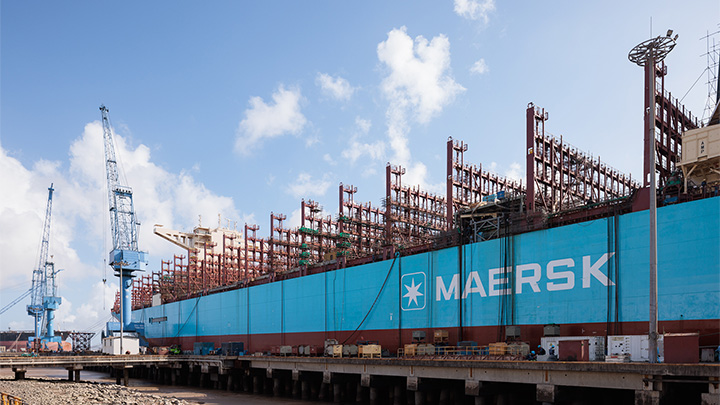
Maersk Halifax Retrofit
The world’s first methanol retrofit of the Very Large Container Vessel Maersk Halifax opens the doors for green fuels.
-
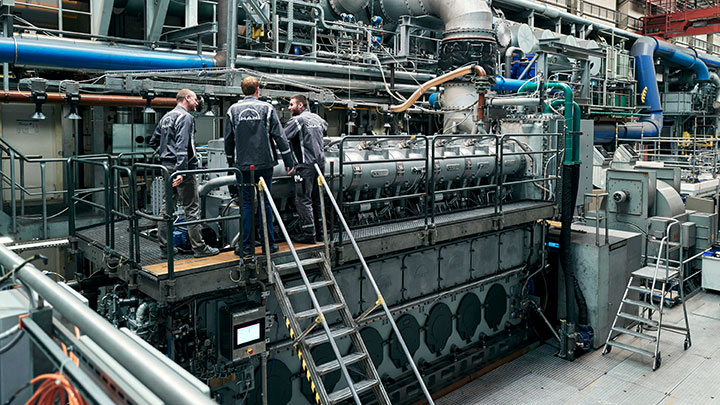
Methanol dual fuel retrofit
Engineers are now testing a retrofit for four-stroke ship engines that will enable ferry and cruise ship operators to meet the growing requirements on emission reduction with green methanol.
MAN Energy Solutions is now Everllence.
We have adopted a new brand name and moved to a new domain: www.everllence.com. This page will also be relocated there shortly. We are working on shifting all pages to www.everllence.com.
